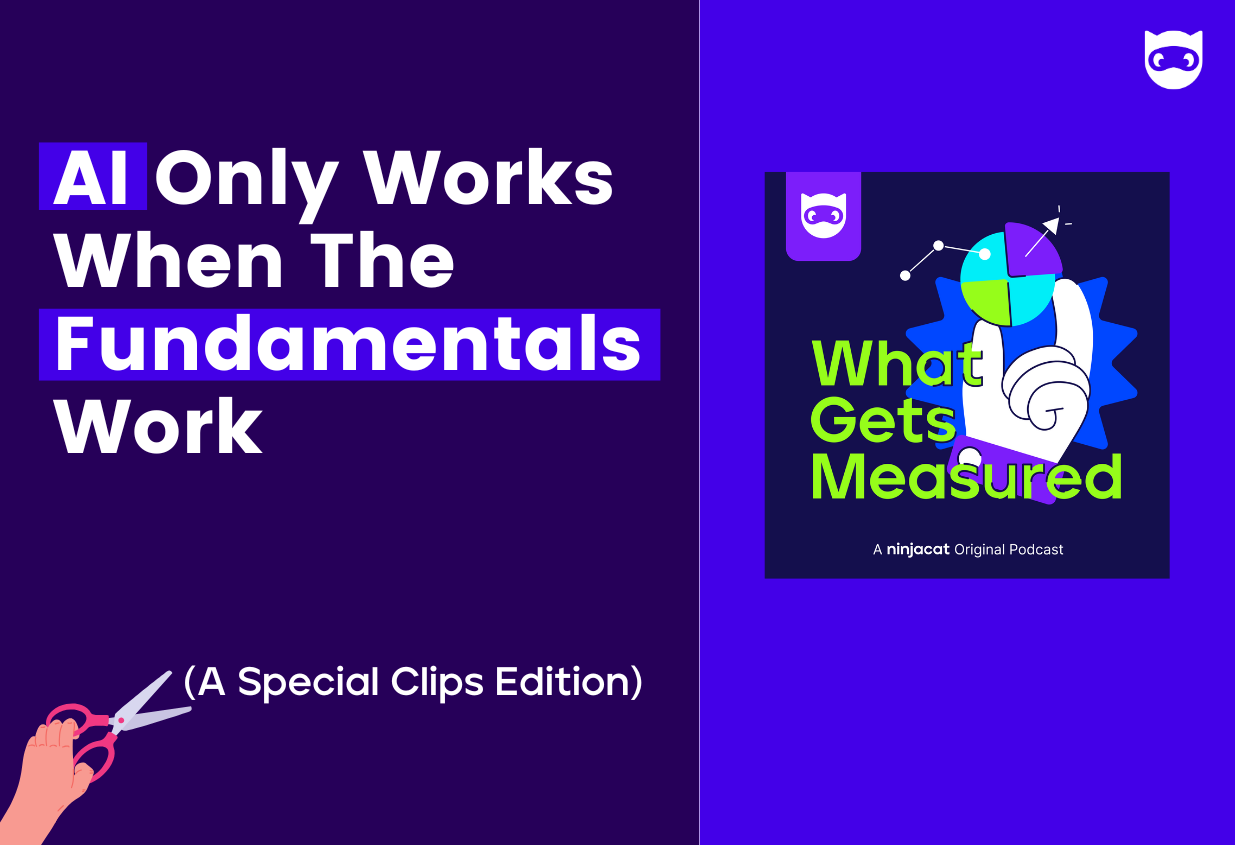Attribution Models for Measuring Digital Marketing Success

One of the great promises of digital marketing and advertising is that measuring campaign effectiveness and attributing online activity to sales has become much easier, thanks to advances in data, software, and automation.
However, with all of the advancements in martech and adtech, determining exactly how your advertising convinces clients to convert, has become increasingly complicated, simply because there are so many different ways to interpret data.
In this article we’ll define attribution, discover how different attribution models work with digital marketing, and then dive into ways you can find this data and better define the success of your campaigns.
Marketing Attribution Defined
Attribution models for digital marketing are used to quantify the impact of the various touch points and engagements people have with your brand during the customer journey.
It’s a seemingly simple question: “what leads customers to purchase your product?” and yet, the answer isn’t as straightforward.
The bigger your business becomes, the more touch points and data you collect, and so it becomes even more complicated to track paths to purchase as you scale and grow.
And that’s just the beginning of the attribution headaches. Marketers also must consider:
- Tracking & Privacy Policies - Due to regulations such as GDPR and CCPA, users are now more cognizant of privacy and data when it comes to their engagement with online platforms. User data has not gone away, but is increasingly being walled-off by the major players, making access to once widely available data cumbersome and costly.
- One Person, Multiple Devices - One person may own several devices, which complicates cross-device attribution. A smartphone, a tablet, a computer, and even a smart home device can all belong to one individual, but appear as unique visitors in analytics.
- Limit to 100% Click-based Attribution - Most attribution is reported via clicks and UTM tracking. But there are offline effects and certain favorable behaviors in the marketplace that might occur downstream of a brand’s digital advertising efforts, that will be missed if campaigns are only measured on CTR.
Buyer Journeys, Funnels, and The Messy Middle
There is definitely a “buying journey” for every good and service under the sun, from software as a service to soft-serve ice cream.
But the important question for marketers is how to best illustrate the path to purchase and leverage this information into smarter decisions and more effective campaigns.
One of the most enduring metaphorical illustrations of the marketing and advertising process has been the funnel, and it’s many different iterations:

According to the latest research from Think with Google, the way people make purchase decisions is less like a funnel and more...messy...and only getting messier. Enter, The Messy Middle.

Most people don’t follow a neat path from an ad towards conversion via a funnel, but rather enter into, and out of, the exploration and evaluation process around a purchase decision in a roundabout way.
Advertising exposure is one way to trigger a target audience into a direct response purchase, but The Messy Middle accepts the fact that consumers may spend an indefinite amount of time in a quantum state of indecision, between exploring and evaluating their options.
Recognizing The Messy Middle allows digital marketers to create campaigns, and track and weigh their effectiveness and attribution, in a way that matches the behaviors of the marketplace.
Different Attribution Models for Digital Marketing
With a firm grasp on the path to purchase for your product or service, it’s now time to decide which attribution model you will use to measure the effectiveness of your marketing campaigns.
While each campaign provides unique challenges and opportunities, there are a few standard ways to measure advertising’s impact online. There are several different attribution models, each suited for their own function.
First-click attribution

While there may be several touch points in a digital ad campaign, the first-click attribution model considers the initial point of contact with a potential client, the most significant. This attribution model may be better suited for complex buyer journeys, or campaigns that are looking to measure Awareness, or ‘top-of-funnel,’ KPIs.
Last-click attribution

The last-click attribution model, like the first-click model, values a single touch point over the entire journey. In this instance, it’s the final engagement a buyer had with the brand, before the sale. Last-click is a useful model for complex retargeting campaigns, or can be used as way to understand, optimize, and reduce ad campaigns that result in abandoned carts.
U-shaped attribution

Depending on the data, campaign, and use case, a U-shaped model may be more effective in measuring an ad’s impact. U-shaped attribution models are worth considering when marketers want to optimize and track the effectiveness of the Awareness and Direct Response phases of their campaigns.
Time decay attribution

The time decay attribution model, gives less credit to the initial touch points of a campaign, and weighs actions and engagements more heavily, the closer they happen to the sale.
This attribution model seems to comport with The Messy Middle, and may be more useful for campaigns that have longer life-cycles.
Linear attribution

When marketers are interested in the big-picture of an ad campaign, it may be preferable to use the linear attribution model, which weighs each marketing touch point with equal significance towards the sale.
Data-driven attribution

For obvious reasons, if you have access to enough data and the ability to integrate it into strategy, the data-driven attribution model is the preferred choice for performance-minded marketers.
Sometimes referred to as custom or algorithmic attribution, this model allows the data to dictate which touch points are most impactful in a digital marketing campaign.
In theory the data-driven attribution model is the “best” model, but requires a lot of data wrangling and a comprehensive understanding of how to integrate analytics and information into a single report.
In Conclusion
Developing an appreciation for the various approaches to, and use cases for, digital marketing attribution can only result in more effective advertising and smarter decision making.
Attribution is an essential component to proving an advertising and marketing agency’s effectiveness. But the most important aspect of tracking and measuring ad activity isn’t the quantitative insights data yields, but the qualitative analysis marketers can extract from attribution, and then leverage into more optimal strategy, stronger client relationships, and better ROI.




.png)
